15 Shrimp Cooking Mistakes You Should Stop Doing
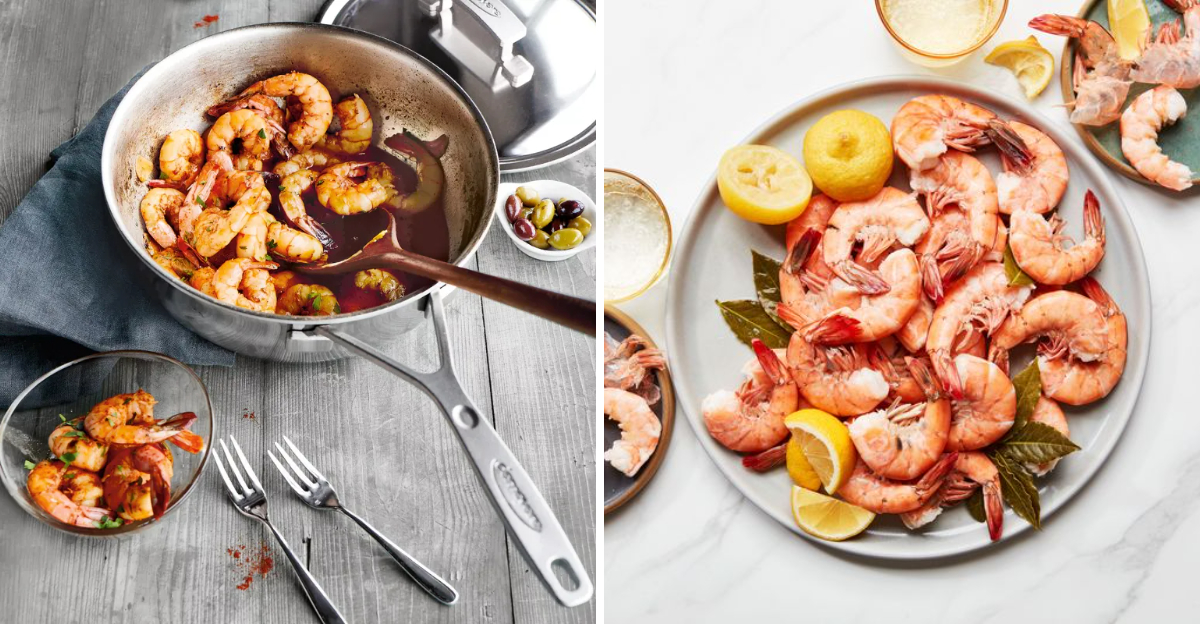
Cooking shrimp may seem simple, but there are common pitfalls that can ruin the dish. Understanding what not to do is as crucial as knowing the right techniques. Here’s a guide to avoid 15 common shrimp cooking mistakes.
1. Overcooking Until They’re Rubbery
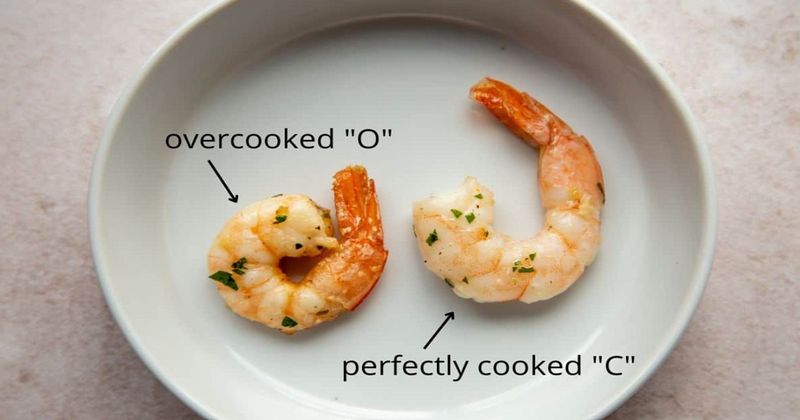
Shrimp cook so fast that they can become rubbery in seconds if overcooked. Once they curl into a “C” and turn pink, they are ready to enjoy. Stop cooking them further to avoid a rubber-like texture.
Paying attention to the color and shape of shrimp helps in achieving the perfect texture. The key is to serve them immediately to maintain their juiciness and flavor.
Cooking shrimp right may seem challenging, but practice makes perfect. Timing is crucial, so keep a close eye to avoid the rubbery mistake.
2. Starting With Frozen Shrimp
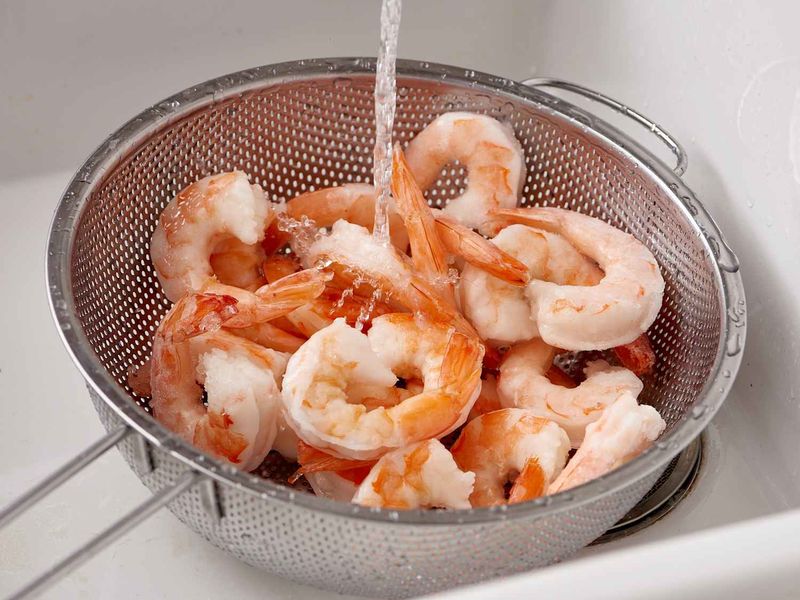
Throwing frozen shrimp directly into the pan causes uneven cooking. Thawing them completely before cooking ensures even and thorough cooking.
A simple tip is to place frozen shrimp in a bowl of cold water to speed up the thawing process. This method preserves texture and flavor.
Thawing allows for better seasoning absorption, making the final dish more flavorful. Don’t rush this step; it’s worth the extra few minutes for a delightful meal.
3. Not Patting Them Dry
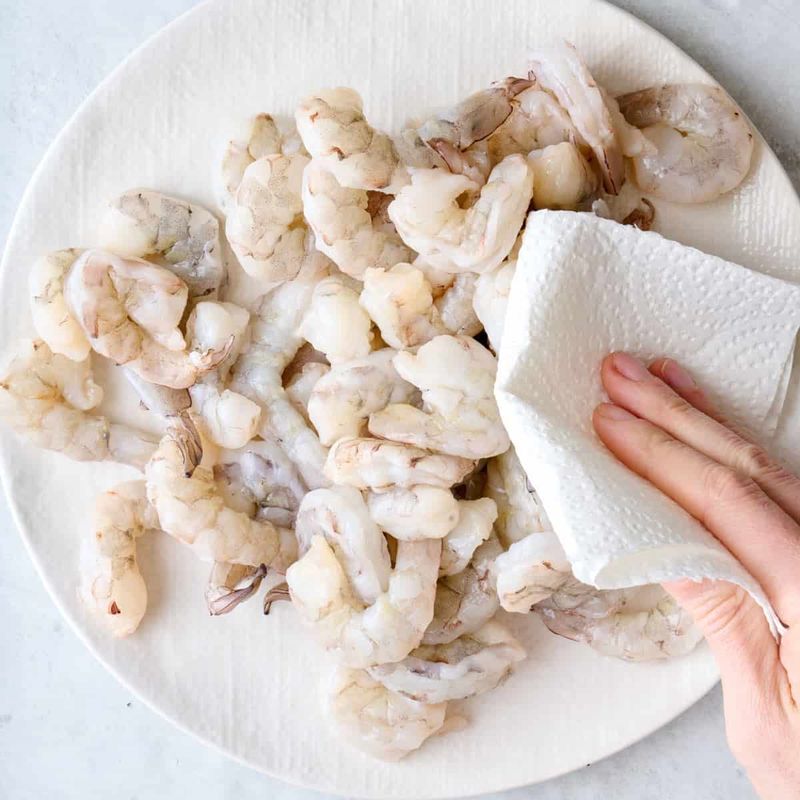
Excess moisture on shrimp prevents achieving a golden sear. Patting them dry with a paper towel before cooking is essential for that perfect crust.
Dry shrimp sear beautifully, creating a texture contrast that elevates the dish. The absence of moisture also prevents unnecessary steaming during cooking.
A golden crust is not just about aesthetics; it enhances flavor. Taking a moment to dry them properly pays off in taste and presentation.
4. Using the Wrong Pan
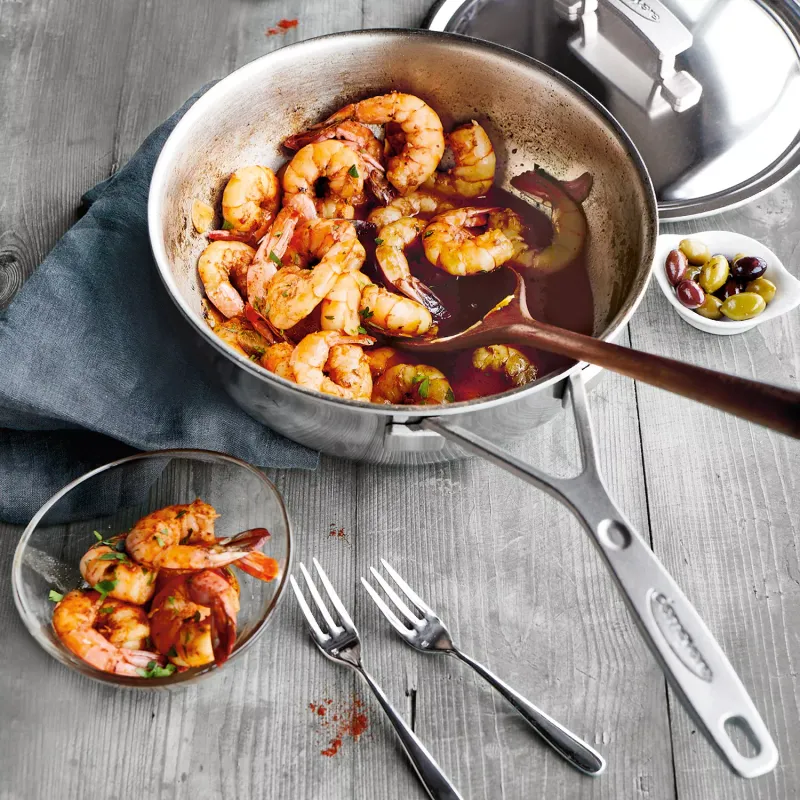
Nonstick pans might not get hot enough to sear shrimp properly. Choosing a stainless steel or cast iron skillet results in better color and flavor.
Selecting the right pan is crucial for even heat distribution. These pans hold heat well, providing the necessary searing temperature.
The right cookware transforms a simple dish into a culinary delight. Investing in quality pans ensures consistent and delicious results every time.
5. Skipping the Marinade
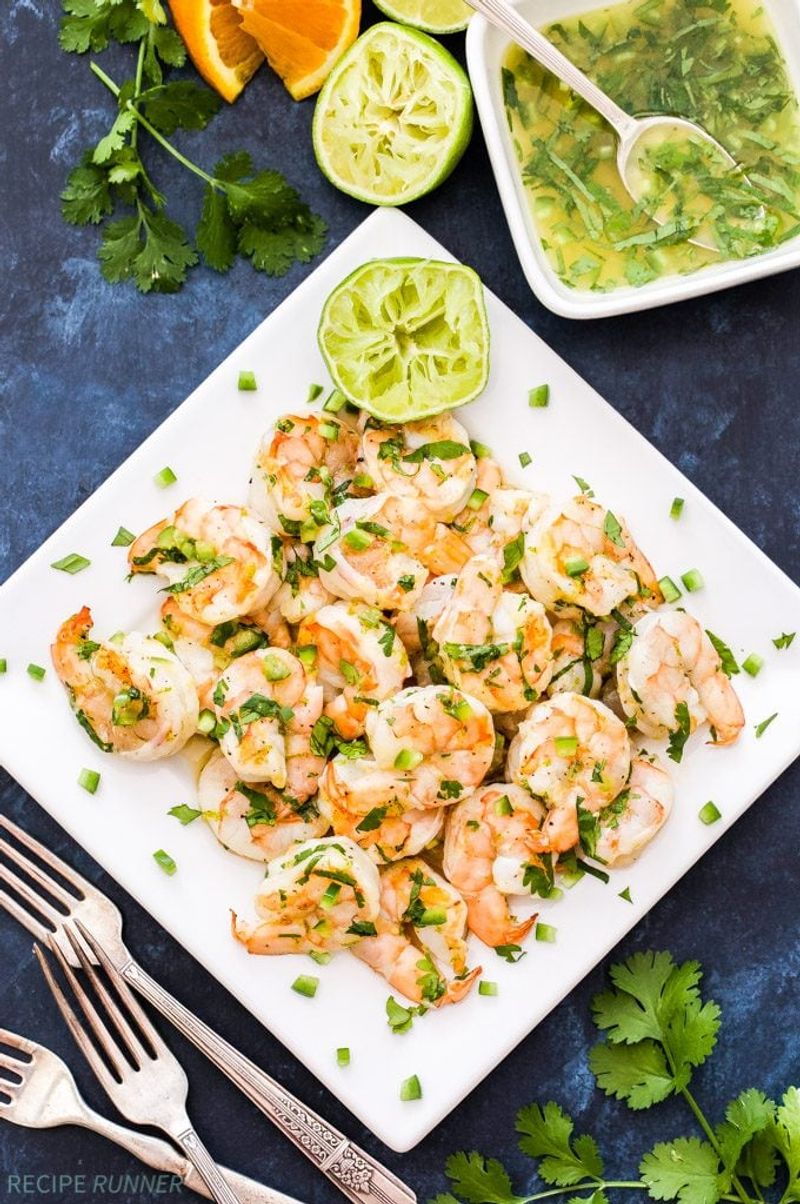
Shrimp are like flavor sponges, soaking up marinades beautifully. A quick soak in citrus, garlic, or herbs makes a massive difference.
Marinating not only adds depth but also tenderizes the shrimp, enhancing its succulent nature. It’s a step that turns ordinary shrimp into a gourmet experience.
Experimenting with different marinades can introduce exciting flavors to your dish. The possibilities are endless, making each meal unique.
6. Not Deveining Them
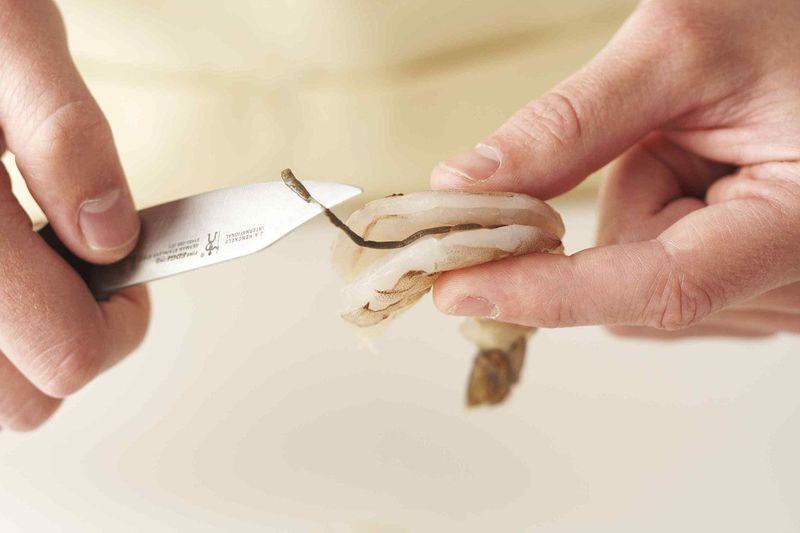
Leaving the black vein in shrimp can result in an unpleasant grit or bitterness. Removing this digestive tract is crucial for a clean taste.
Deveining may seem tedious, but it significantly impacts the dish’s flavor and texture. It’s a small effort for a big payoff.
Using a small paring knife makes the process easier and faster. Proper preparation is key to enjoying shrimp at its finest.
7. Leaving the Shells On When You Don’t Want To
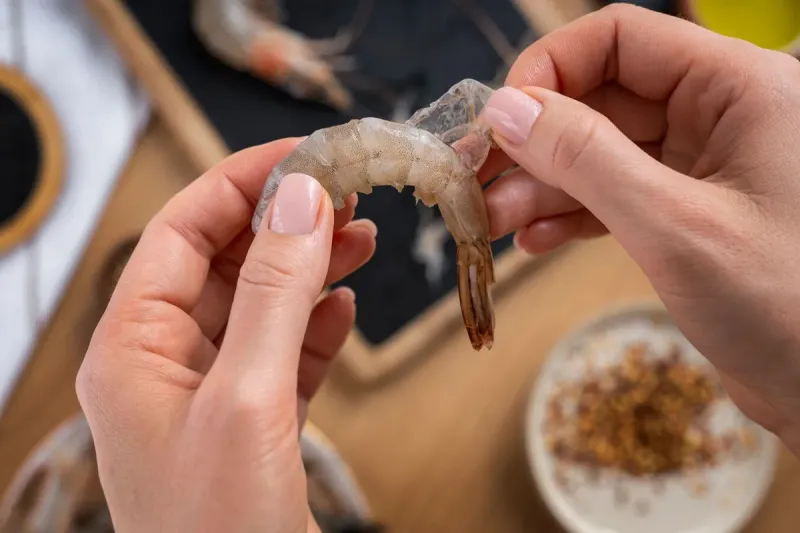
Shell-on shrimp are perfect for grilling or broths but can be messy when sautéing or stir-frying. Peeling them first avoids unnecessary hassle later.
The choice to peel depends on the cooking method and desired outcome. For clean and simple dishes, removing the shell is preferable.
Proper planning ensures a pleasant dining experience. Knowing when to peel shrimp helps achieve the desired texture and flavor.
8. Peeling Before Cooking When You Want Juicy Shrimp
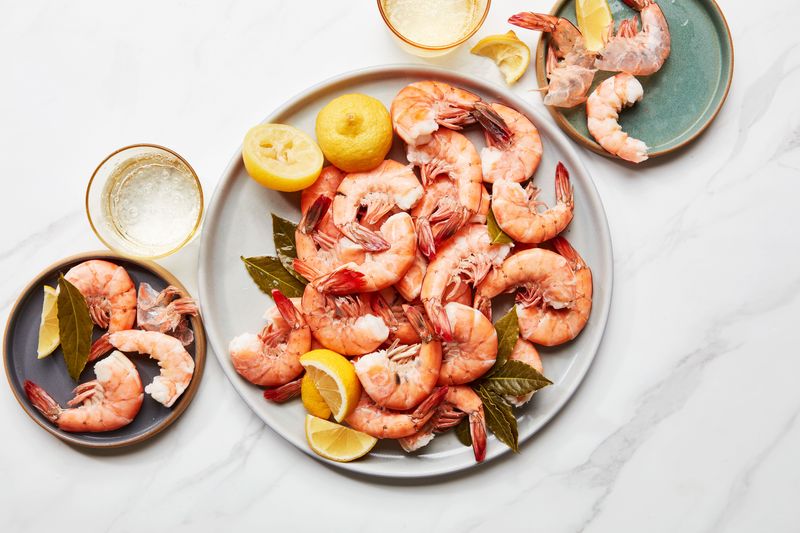
Leaving the shell on while cooking helps lock in moisture, resulting in juicier shrimp. Peeling after cooking achieves the best texture.
This method is particularly useful in recipes where juiciness is key. The shell acts as a natural barrier to prevent moisture loss.
Understanding the benefits of cooking with shells can transform your approach to shrimp dishes. The result is a moist and flavorful experience.
9. Overcrowding the Pan
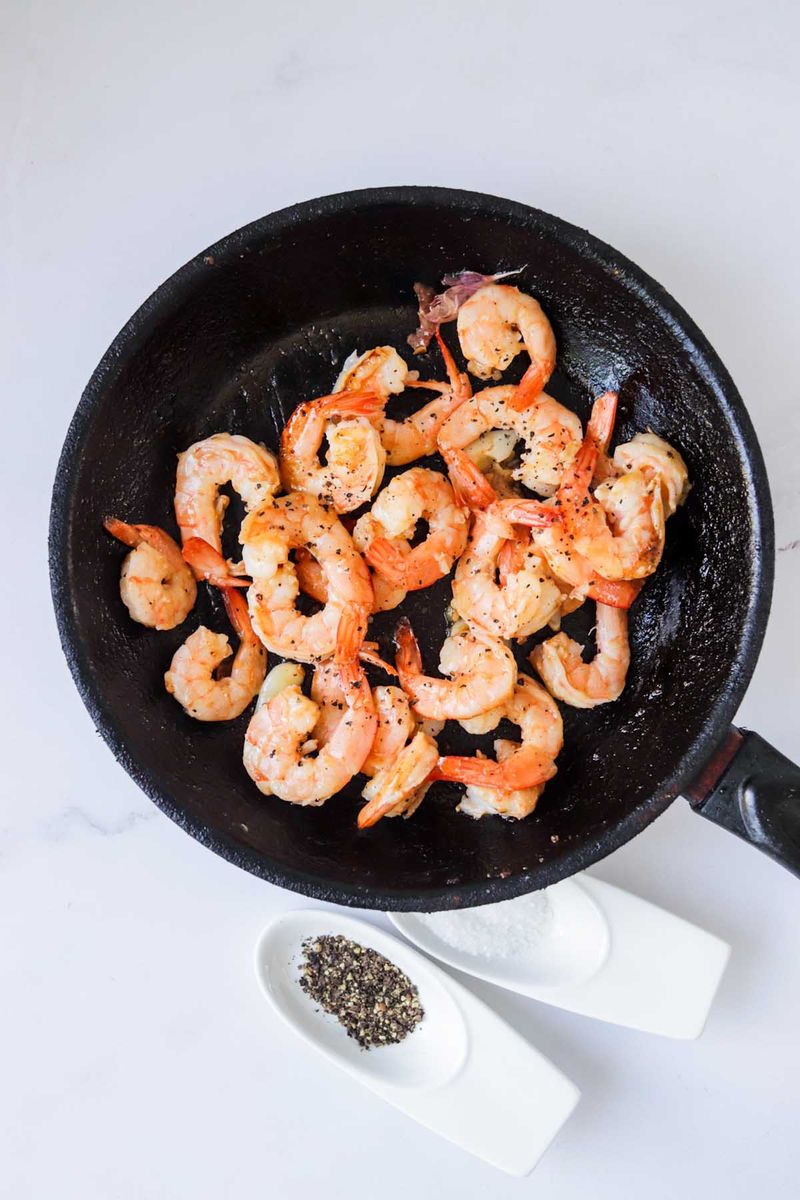
Overcrowding the pan causes the shrimp to steam rather than sear. Working in batches ensures that shrimp browns beautifully.
Giving each shrimp enough space in the pan allows for even heat distribution. This technique enhances both texture and flavor.
Cooking in batches may take longer, but the extra effort is rewarded with perfectly cooked shrimp. Patience is key to success.
10. Forgetting to Season After Cooking
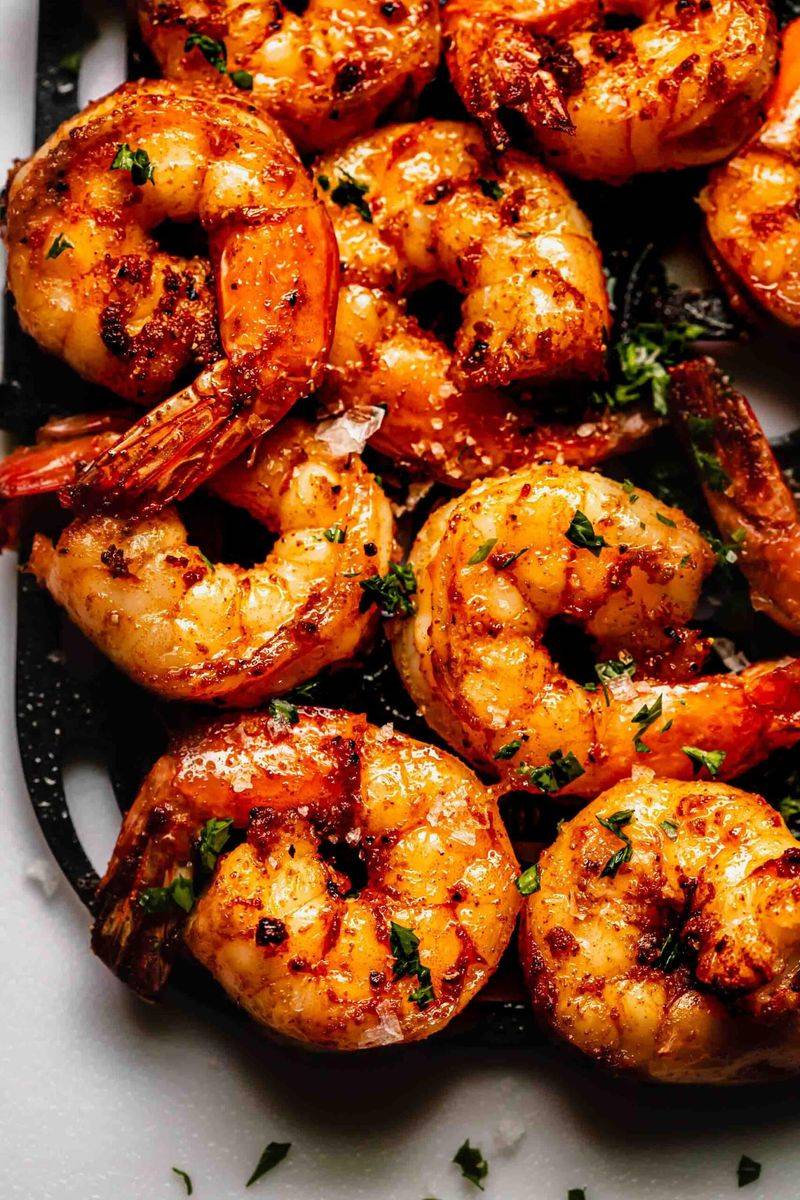
Even after marinating, shrimp benefit from a final touch of seasoning. Adding a sprinkle of salt or splash of citrus elevates the dish.
Post-cooking seasoning brings out the natural sweetness of shrimp. It’s a simple yet transformative step that enhances flavor.
The art of seasoning is about balancing flavors. A little goes a long way in making shrimp more delicious.
11. Cooking Them Too Early for a Dish
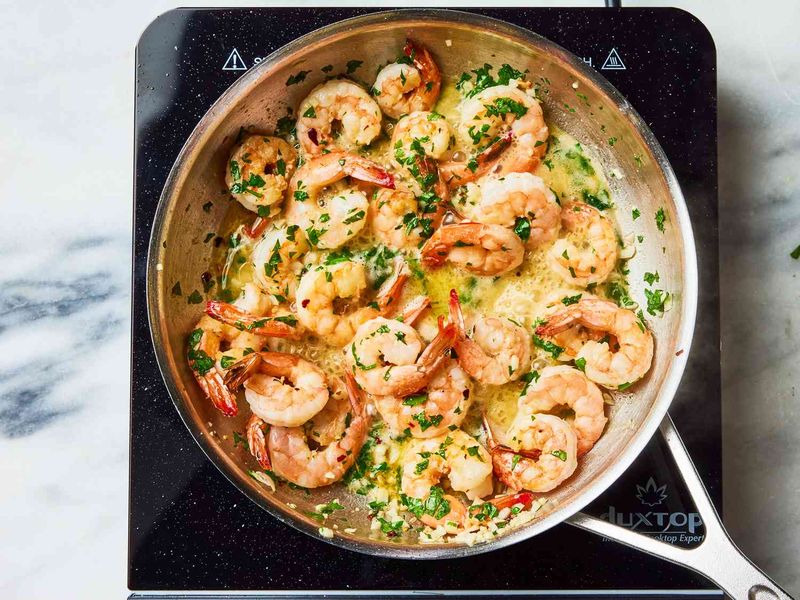
Shrimp don’t hold well once cooked, so adding them last ensures they stay tender. Timing is crucial when incorporating them into dishes.
Cooking them too soon can lead to rubbery textures. It’s better to finish cooking them just before serving for the best results.
The timing of shrimp addition may vary depending on the dish, but keeping them succulent is always the priority.
12. Using Tiny Shrimp for High-Heat Grilling
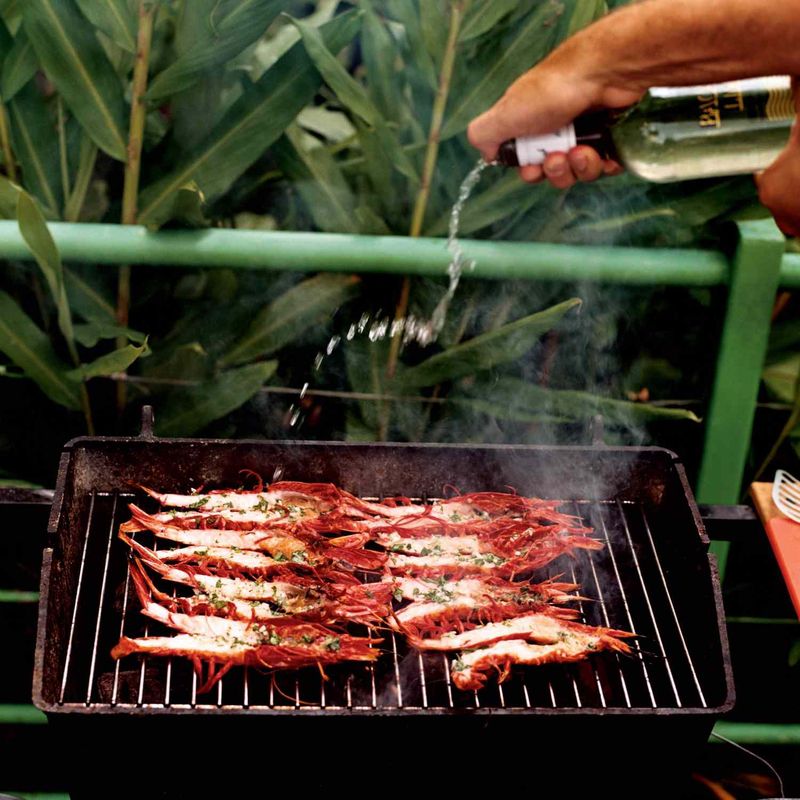
Small shrimp don’t fare well over high flames, leading to overcooking. Jumbo or colossal shrimp are better suited for grilling.
Larger shrimp withstand the heat, allowing for a perfect char without drying out. Size matters when it comes to grilling success.
Choosing the right shrimp size ensures a satisfying meal. Grilling is an art, and selecting the right ingredients is part of the craft.
13. Not Brining for Grilled or Roasted Shrimp
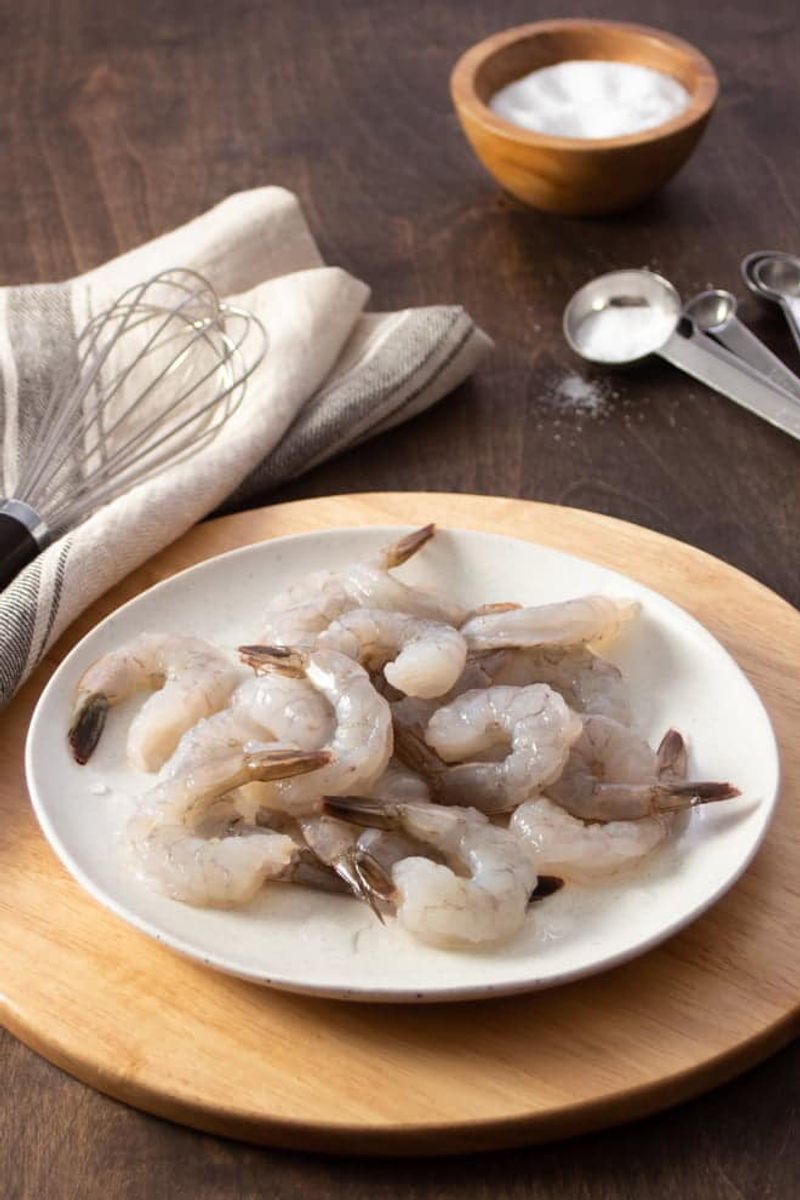
A simple brine of salt and sugar keeps shrimp juicy and prevents overcooking during high-heat cooking. Just 30 minutes makes a big difference.
Brining enhances the natural flavor and tenderness of shrimp, making them succulent and delicious.
Understanding the science behind brining can revolutionize your shrimp dishes. It’s a small step with significant rewards.
14. Throwing Out the Shells
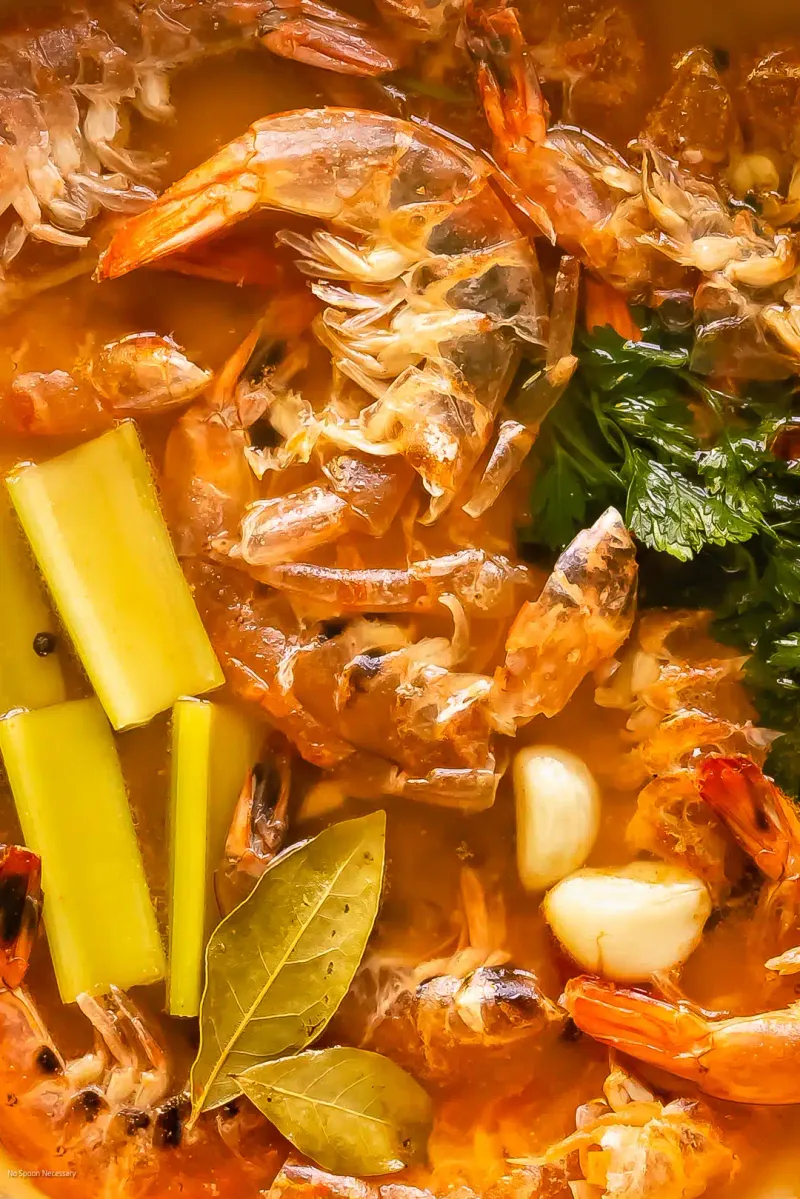
Shrimp shells are packed with flavor and can be used to make a quick stock for soups, rice, or sauces.
Not only does this minimize waste, but it also enhances your dishes with a rich, seafood flavor.
Reusing shells is a sustainable practice that adds depth to your cooking. Next time, think twice before discarding them.
15. Not Tasting as You Go
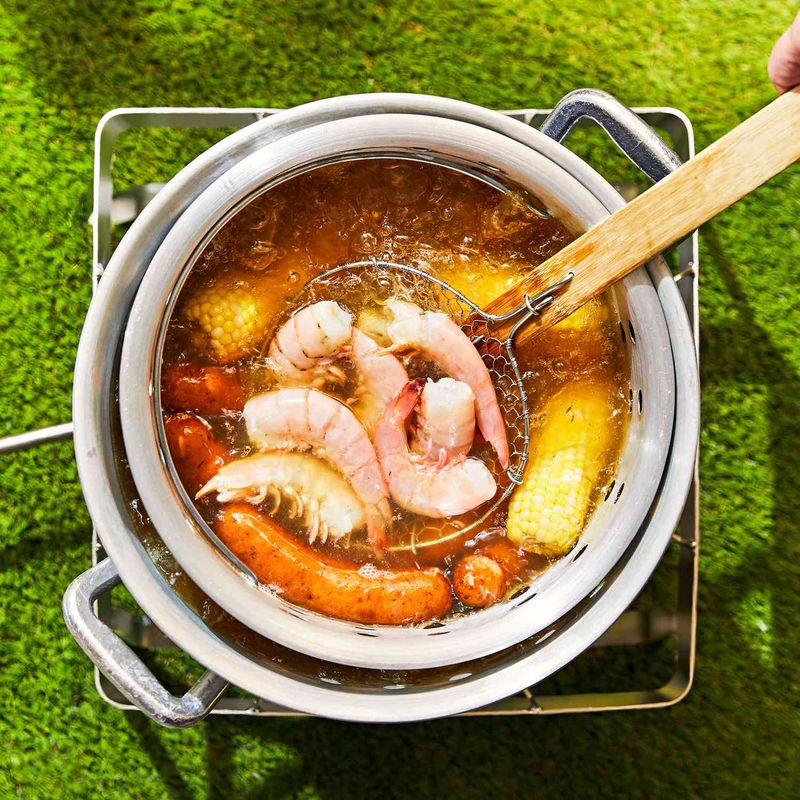
Tasting shrimp as you cook ensures each piece is seasoned to perfection and cooked just right. This practice prevents serving bland shrimp.
Every batch may differ slightly in size and freshness, affecting cooking time. Adjusting seasoning as you go leads to a well-balanced dish.
Cooking is an art that requires intuition and adaptability. Tasting allows you to create a dish that truly shines.
